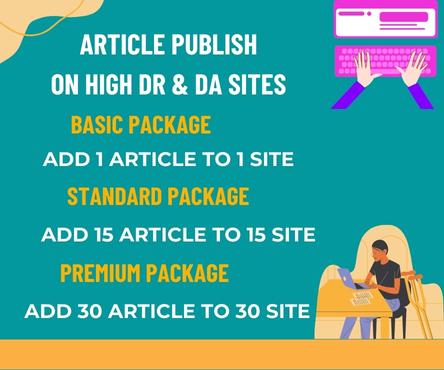In today’s digital age, businesses are constantly seeking new ways to improve their marketing, enhance user engagement, and stay ahead of competitors. One such method that has been gaining traction is the conversion of PDFs to flipbooks. PDF to flipbook conversion has become an essential tool for businesses looking to create interactive, engaging, and visually appealing digital content. Here’s why businesses should prioritize this conversion process.
1. Enhanced User Experience
A traditional PDF can be static and less engaging for users, especially when viewed on a mobile device or a small screen. Flipbooks, on the other hand, offer a more interactive experience. The flipbook format simulates the turning of physical pages, giving users a more dynamic and immersive way to interact with content. This interactive element is not only enjoyable but also easier to navigate, helping customers find the information they need quickly and efficiently.
By converting PDFs to flipbooks, businesses create an enjoyable and user-friendly digital experience. This enhanced experience can keep potential customers on your website longer, leading to increased engagement and higher conversion rates.
2. Improved Brand Image
The design and presentation of a business’s digital content can significantly affect its brand perception. A flipbook offers a visually appealing presentation, with the ability to include multimedia elements such as videos, animations, and links. This level of sophistication adds a modern touch to your content, helping businesses appear more innovative and customer-centric.
A high-quality flipbook conversion can also showcase professionalism. When customers encounter a sleek, polished digital publication, they are more likely to view your business as trustworthy and credible.
3. Mobile-Friendly Content
With the growing use of smartphones and tablets, businesses must ensure their content is optimized for mobile devices. Flipbooks are designed to be responsive, adapting to different screen sizes. Whether a customer is using a smartphone, tablet, or desktop computer, the flipbook will adjust accordingly, providing a seamless reading experience. This adaptability is a significant advantage over static PDFs, which may be hard to read or navigate on mobile devices.
Since a large portion of internet traffic comes from mobile users, businesses cannot afford to neglect mobile optimization. Prioritizing flipbook conversion allows businesses to cater to mobile-first users and boost accessibility.
4. SEO Benefits
Search engine optimization (SEO) is essential for increasing a website’s visibility and ranking on search engines like Google. Flipbooks, unlike static PDFs, are easily indexed by search engines, as they can be converted into HTML5 format. This ensures that all the content within the flipbook, including text, links, and multimedia, is searchable.
Having a flipbook on your website can help improve SEO rankings and drive more organic traffic to your site. Additionally, the embedded links in flipbooks allow businesses to link to other relevant pages on their site, increasing the chances of boosting page views and improving the site’s overall SEO performance.
5. Cost-Effective Marketing Tool
Flipbooks are a cost-effective alternative to printing physical brochures or catalogs. They allow businesses to create high-quality, visually appealing content without the need for paper, ink, or printing costs. Moreover, flipbooks can be easily updated in real-time, ensuring that your marketing materials are always up-to-date. Unlike printed materials, which often require a reprint for any updates, flipbooks can be edited and redistributed with minimal effort.
This digital method of content distribution allows businesses to reach a wider audience at a fraction of the cost of traditional marketing techniques. Whether for product catalogs, newsletters, or annual reports, flipbooks offer an eco-friendly and budget-friendly solution for businesses looking to market efficiently.
6. Increased Shareability and Accessibility
Another significant advantage of flipbooks is their shareability. Since flipbooks are hosted online, businesses can easily share them across various platforms, such as social media, email newsletters, or websites. This ease of distribution can help businesses reach a broader audience quickly and effectively.
Additionally, flipbooks offer better accessibility. They can be accessed from any device with an internet connection, ensuring that users have easy access to your content no matter where they are or what device they are using.
Conclusion
The conversion of PDFs to flipbooks offers numerous advantages for businesses, from enhancing user experience and brand image to improving SEO and reducing costs. With its ability to create interactive, mobile-friendly, and visually appealing content, flipbook conversion has become an essential tool for businesses looking to improve their digital marketing efforts. By prioritizing flipbook conversion, businesses can not only stay competitive but also provide their customers with an engaging and memorable experience.

